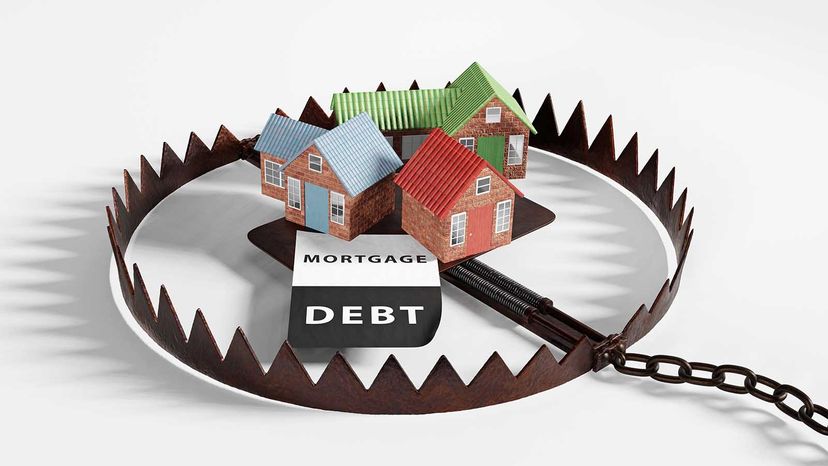
Owning a home has long been touted as the "American dream" — a palpable opportunity that the economy would ideally be able to provide to every working family. However, various factors in the complex financial system caused the housing market in the United States to go through a dramatic boom and bust during the first decade of the 2000s. One of the factors that caused both the rise and dramatic fall of the market was the use of tricky lending programs, called subprime mortgages, which enable people with shaky credit ratings to secure home loans.
The practice of lending money to people with a weak or limited credit history is called subprime lending. One misconception about the term "subprime" is that it refers to the interest rates attached to the loans. "Subprime" generally refers to the credit rating of the borrower. Subprime borrowers generally have a credit score below 620 on a scale of roughly 300 to 850 (or 900, depending on the particular scoring system used). Most consumers land in the mid to high 600s and 700s. However, during the housing boom, many who could have qualified for a traditional home loan instead took out a subprime loan, partly due to aggressive mortgage broker tactics, such as approving loans more easily or not fully explaining stricter repayment terms [source: Brooks].
Advertisement
The interest rates on subprime mortgages can vary wildly. They're partially based on a variety of risk-based factors including:
- credit score
- amount of down payment
- number of delinquencies (late payments listed on your credit report)
- types of delinquencies
The sharp rise in subprime mortgage lending began in the mid-1990s and accounted for roughly 20 percent of home loans in 2006 [source: Federal Reserve]. On the plus side, subprime mortgages allow people with poor credit a chance to get into a market previously unavailable to them with standard home loans. The downside of this scenario is that these loans are more likely to go into default, meaning that the borrower fails to make payments on the loan. The large number of foreclosures from subprime mortgages has had a drastic impact on the U.S. housing bust and overall economy. Lenders were also hit hard, with some going under completely.
Another negative aspect of the subprime market is the rise in accusations that lenders target minorities — a practice known as predatory lending. These lenders prey upon the inexperience of the borrower in many ways. They may overvalue your property, overstate your income or even lie about your credit score in order to set sky-high interest rates. They also encourage frequent refinancing to get a "better" rate, and then roll the high closing costs in to the loan.
In this article, we'll look at some examples of subprime mortgages to help you determine whether one might be right for you.
Advertisement
